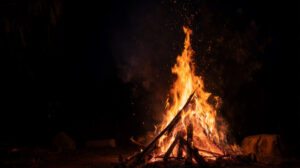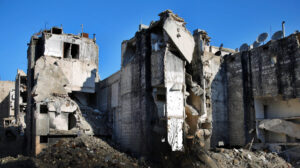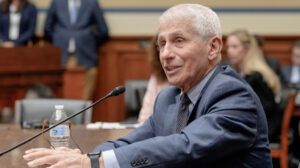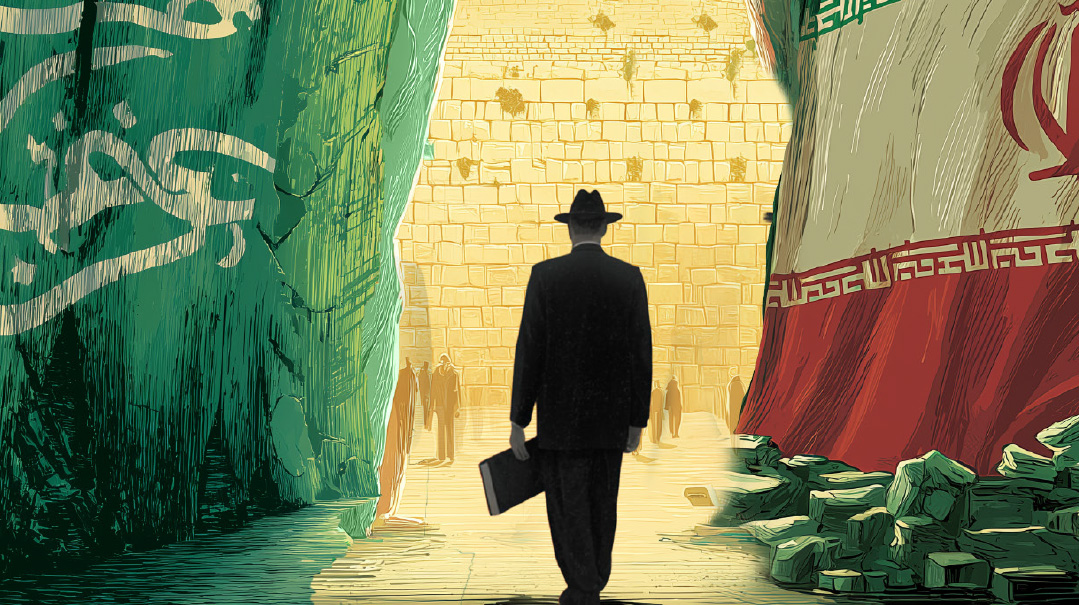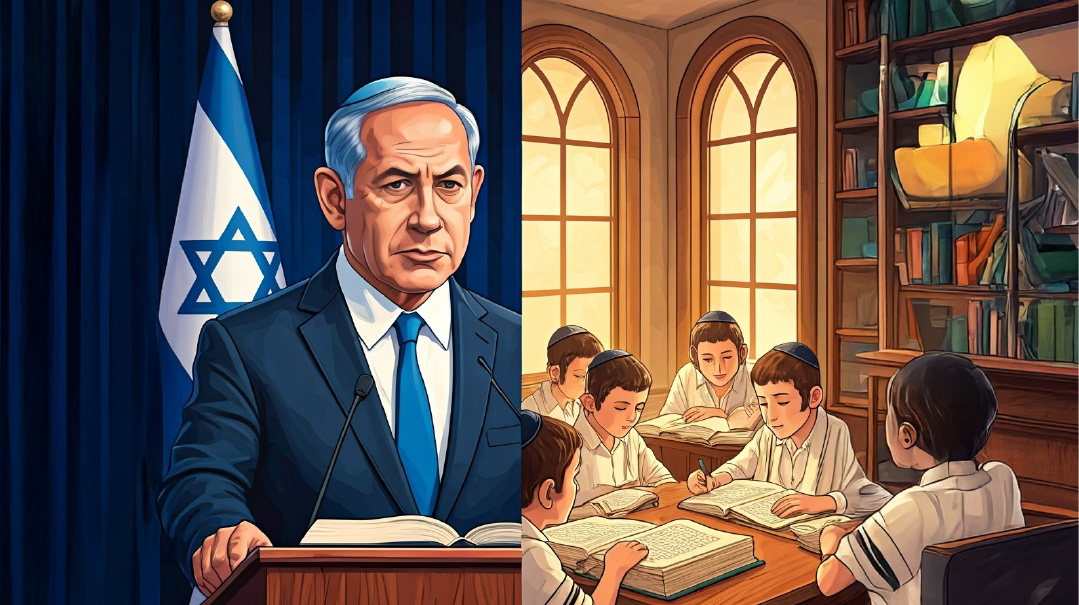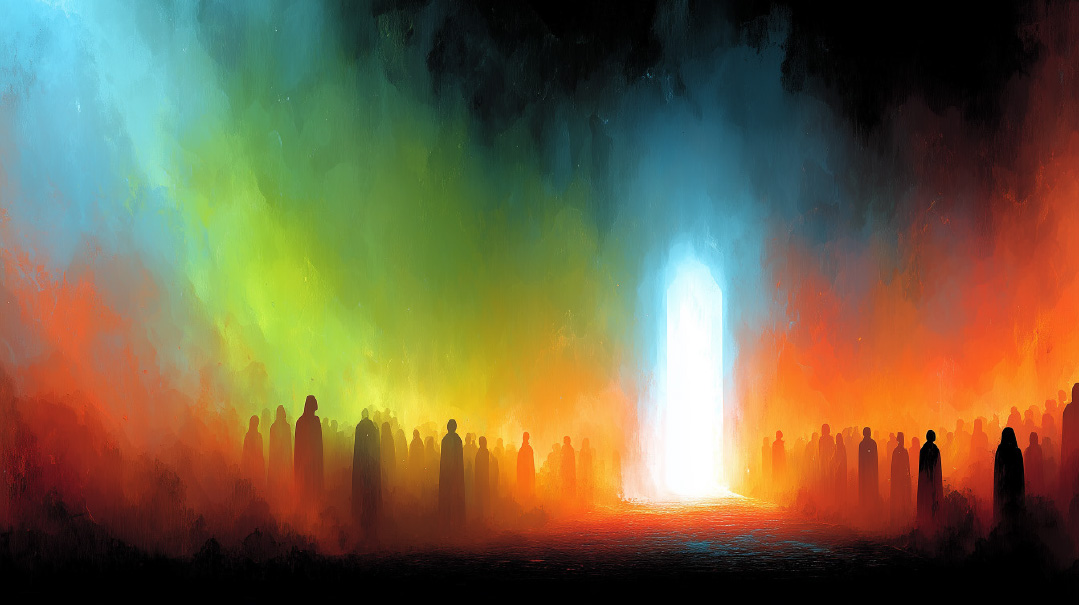Why Haven’t We Changed?
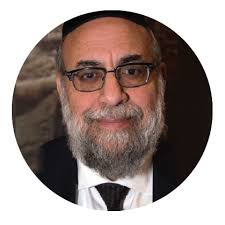
We have forgotten how to connect the dots that lead in the direction of the Creator
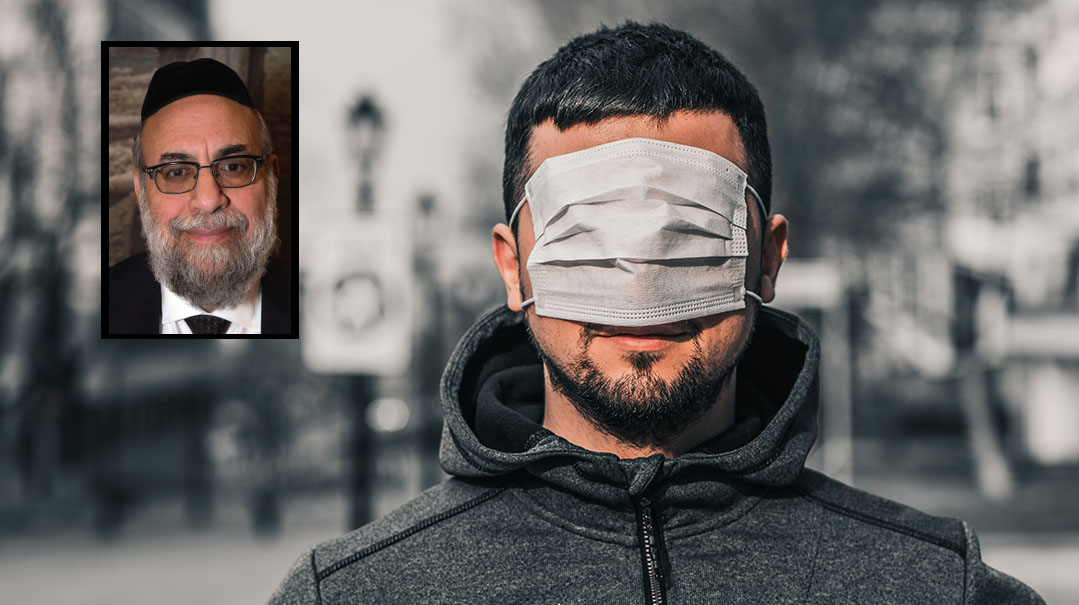
Era of Hidden Faces
After the tragic Erev Shavuos scaffold collapse in Stolin that left three dead and dozens injured, there was a message on social media I found particularly poignant: “Lag B’omer wasn’t Lag B’omer, and Shavuos wasn’t Shavuos, halevai that Tishah B’Av won’t be Tishah B’Av.”
Well, here we are, and Tishah B’Av is Tishah B’Av.
To say we are living in a time of great hester Panim would be a gross understatement. I have long struggled to understand what “hester Panim” truly is. On some level I understand what galus is and even what churban is. Rav Avrohom Schorr said in a passionate address a few years ago that when we hear statistics from Chai Lifeline, “es darf unchapen a tziter,” it must cause us to shudder. “There is no such thing as we can’t feel churban, this is churban! These bitter, bitter tzaros, this is galus!”
We desperately need to understand what hester Panim is, because Chazal say the days before Mashiach’s arrival will be filled with it. My personal struggle to come to grips with it started after a brief confrontation with an elderly Holocaust survivor more than two decades ago.
In my capacity as rav of the Eden Tours Passover programs run by the Goldwasser family, I gave lectures throughout the Yom Tov. Each year on Shvii shel Pesach I spoke on the topic “Life After Mashiach,” always touching on the hester Panim that will fill the world preceding Mashiach’s arrival .
One year, in St. Petersburg, Florida, when I concluded my lecture on this topic to a room filled with close to 1,000 people, an elderly gentleman from Toronto, there with his children and grandchildren, rose to ask a question. He described himself as a survivor of five camps, the last one being Auschwitz. He shared that he was a young husband and father of a beautiful three-year-old boy. He stepped off the train with his little son in his arms. A Nazi grabbed the child and brutally killed him before his very eyes, then laughed out loud over how quickly he died.
And then this elderly man asked, “Rabbi Ginzberg, you spoke about how the world will be filled with hester Panim before Mashiach comes. Can there possibly be any hester Panim worse than this?”
There was absolute silence in the room when he sat down. A thousand pairs of eyes stared at me, awaiting my response. I had none. What answer could I possibly give this man, who had lived through the seven levels of Gehinnom? I told the audience I had no answer I could honestly give.
That was then. I do have one now.
First, a very personal thought. I had what I thought was an epiphany after I awoke from the three-week-long medically induced coma during my bout with Covid. I was in the hospital’s ICU step-down unit, during the early days of the pandemic, when no family members were allowed in, and all medical staff members were wearing one or two masks, along with face shields. I longed for some human contact, to actually see the faces of the people around me.
Then my epiphany hit me. Could it be that Chazal when said the generation preceding Mashiach’s arrival would be filled with hester Panim, they meant that all of our faces would be covered? That we would not be able to see each other, and we would have to focus inward?
I lay in that hospital bed and remembered the elderly Holocaust survivor’s question from so many years before. I wondered if this could be the answer to his question. Hashem has hester Panim toward us in every generation; perhaps in the generation before Mashiach there would even be hester Panim between people?
I shared this idea on a phone call with Rav Dovid Feinstein ztz”l (I didn’t realize that it would be my last conversation with him), but he didn’t respond.
Several months later, in December 2020, I had the opportunity to visit the Sar HaTorah, Rav Chaim Kanievsky. When I shared my theory with him, it brought a wide smile to his holy face. But when I asked if there is any obscure Chazal or midrash that supports such an interpretation, he responded no. I would have to continue struggling with this question.
Then I found my answer, in a penetrating insight shared by the elderly gaon Rav Moshe Sternbuch in Yerushalayim.
The Toldos Aharon Rebbe lost several members of his kehillah on that fateful Lag B’omer night in Meron, following his very popular hadlakah, and he himself needed some chizuk. He went to Rav Sternbuch.
Rav Sternbuch spoke to the Rebbe about inyanei emunah and then shared a final thought. Chazal relate that Rabi Yochanan davened that he not be present for Chevlei Mashiach as it would be too painful for him to bear. Asked Rav Sternbuch, how are we to understand this request of Rabi Yochanan, when he himself experienced the loss of all ten of his sons? Could anything possibly be more painful than that?
Rav Sternbuch answered his own question: Rabi Yochanan wasn’t afraid of physical or emotional pain. What he didn’t want to see was people questioning the Divine plan, or, perhaps even worse, not seeing the world’s suffering as coming from the Creator of the universe Himself.
And now I finally understood.
Since Churban Bayis, we have suffered so much pain without being able to learn what Hashem wants from us, in the absence of neviim, the Urim v’Tumim, and the Sanhedrin. We have existed for so long in a state of hester Panim, but we have somehow always known that it is a message from Hashem to Klal Yisrael. My St. Petersburg friend suffered unspeakable pain, but he understood where it came from, even in the darkness of the Shoah. The proof is that he rebuilt his family after the war and raised them to be committed to Torah and mitzvos.
Today, however, we have lost our way. We have forgotten how to connect the dots that lead in the direction of the Creator. Tragedies, pandemics, disastrous accidents happen. It takes our breath away for a moment, and then we just continue on, olam k’minhago noheig.
When Eliyahu Hanavi stood before all of Klal Yisrael against the prophets of Baal, he davened to Hashem that his challenge to them be successful. He said, “Aneini, Hashem, aneini,” repeating “aneini” (answer me). The first “aneini” was a prayer that Hashem answer his tefillos and bring about a miracle. The second “aneini” was a special tefillah that people not think the miracle came about by kishuf (witchcraft).
My son-in-law Rabbi Yudi Jeger shared an incredible insight from the famed Mirrer mashgiach, Rav Yerucham Levovitz. He posits that the second “aneini,” that people should not think it was kishuf, was an even greater neis than the first “aneini”; people could accept that anything is possible, but couldn’t accept that it had come from Hashem.
Rabbi Moshe Weinberger once shared that a friend of his from Hatzolah had returned to the ruins of the former World Trade Center on Erev Rosh Hashanah, a few days after 9/11, so he could scream out at the top of his lungs “Hamelech.” Every single Yid should be screaming “Hamelech” after Covid, Meron, and the collapses in Stolin and Surfside. Not only are we not screaming it, we are not even thinking it.
The Surfside building was structurally unsound, the scaffold in Stolin was poorly constructed, the narrow walkway in Meron was wet and slippery, and Covid came from a Chinese lab. While all of that may very well be accurate, where does “Hamelech” fit into the picture? Does it? It is hester Panim in its full glory.
There was a young girl in Radin who began to have convulsions and a strange male voice spoke from deep within her. The doctors were clueless, and in desperation her father ran to the Chofetz Chaim, who understood that a dybbuk had entered her body.
He sent ten of his greatest students, led by Rav Elchonon Wasserman Hy”d, to remove the dybbuk from her. The youngest of the group was the future Mirrer mashgiach Rav Chatzkel Levenstein. After Rav Elchonon followed the instructions of his rebbi, the dybbuk left and the girl immediately returned to normal.
Rav Chatzkel was so overwhelmed by what he saw that Thursday night he could not sleep. The next morning he went to the market to purchase items for Shabbos. The whole town was electrified by the story. Everyone came to see the broken window where the dybbuk had exited the house.
Yet each year when Rav Chatzkel related the story to his talmidim at the Purim seudah, he would cry out, “The tailor remained the same tailor, and the shoemaker remained the same shoemaker” (Rav Chatzkel, ArtScroll, page 19 ).
After all that we’ve gone through in the past 16 months, are we like the shoemaker and the tailor in Radin? Have we grown closer to Hashem since everything began? Have we changed at all?
I would like to share something that should be profoundly disturbing to all who read it, but I must preface it with the following statement. I am not chas v’shalom here to be mekatreig on Klal Yisrael. I am trying to talk to Yidden about our obligations living in the generation of the hester Panim that Chazal were so afraid of.
Months ago, I was sitting at the rabbanim’s table at a simchah. The conversation turned to how many have come back to shul and how many have not.
I was a bit taken aback when an extremely committed rav and a cherished colleague turned to me and asked, “As people return to your shul after months filled with such loss and pain, do you see a change in them?” After a pause, he added, “Because I don’t see any at all.”
Over the next few days, I thought about that question, and I decided to call five rabbinic colleagues I have known for years, in L.A., Chicago, Toronto, Teaneck, and Lakewood. I asked them each the same question. Four responded immediately with a no. The fifth needed to think about his response, but he called back the very same evening with a no.
How is it possible that heartrending tragedies like Meron and Covid did not cause us to change? We are not referring to the incredible amounts of chesed our community produced in the face of these challenges; of course we stepped up to it. We always do.
We are referring to change that comes from a real, internal soul-searching. Has there been any such change communally, or even individually? If not, why not?
I believe the answer is that we are living now in Chevlei Mashiach, and there has never been a greater hester Panim than now. It prevents us from connecting the dots that would allow these many recent tragedies to bring about a change in us.
What kind of change are we talking about? The simple heartfelt message of the Karliner Rebbe to his chassidim on the day after the Erev Shavuos tragedy, when he simply said, “Zein besser, zein besser, zein besser.”
Let’s all try in these difficult days to “zein besser,” be better, and then maybe, just maybe, our Tishah B’Av won’t be a Tishah B’Av. —
This article is dedicated l’zecher nishmas Sara Chaya a”h bas Rav Chaim Aryeh Zev
Rabbi Aryeh Z. Ginzberg is the rav of the Chofetz Chaim Torah Center of Cedarhurst and the founding rav of Ohr Moshe Institute in Hillcrest, Queens. He is a published author of several sifrei halachah, and a frequent contributor to many magazines and newspapers, where he writes the Torah hashkafah on timely issues of the day. He is also a sought-after lecturer on Torah hashkafah at a variety of venues around the country.
Originally featured in Mishpacha, Issue 869.
Oops! We could not locate your form.

